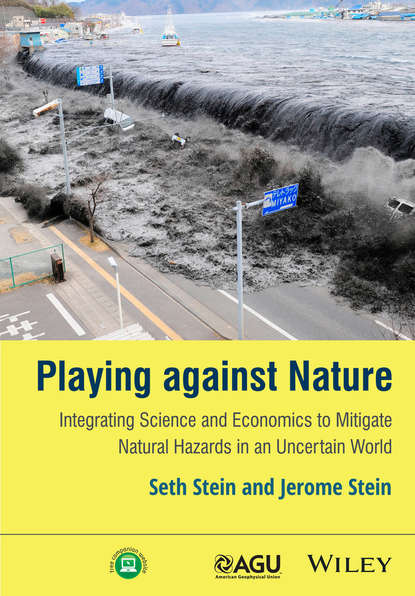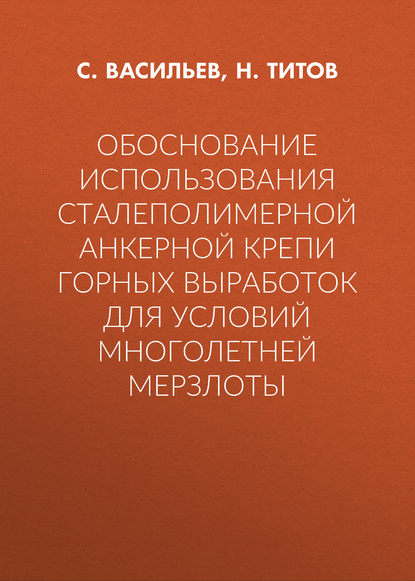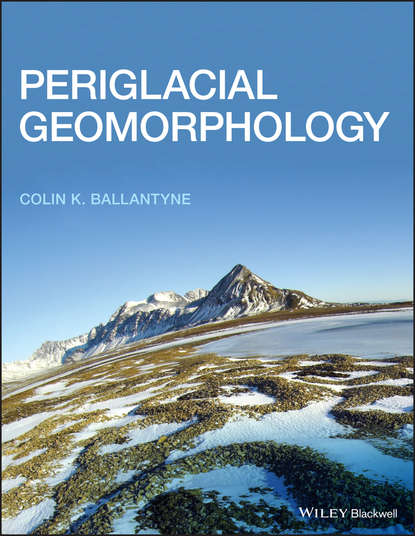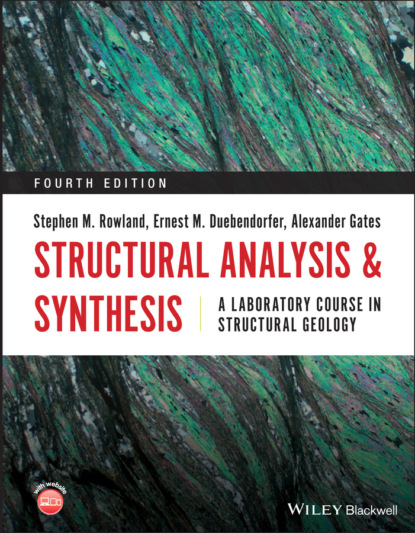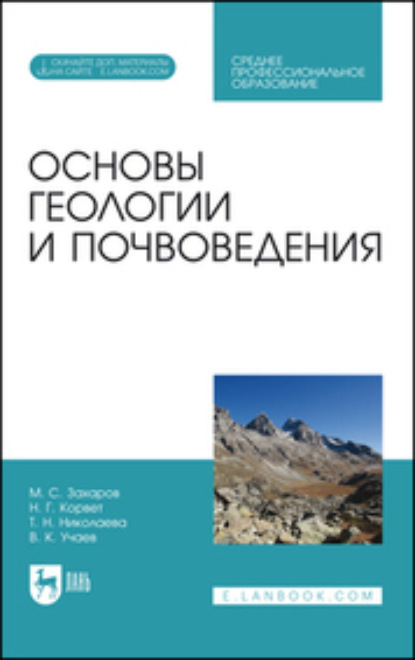Книга "Игра против природы" (Playing against Nature) рассказывает о том, как общество защищается от природных катастроф. Авторы обсуждают сложные решения, которые должны быть приняты: как распределить бюджет между строительством школ и повышением устойчивости к землетрясениям; стоит ли защищать районы от наводнений строительством плотин или предотвращением развития на этих территориях; следует ли делать больницы устойчивыми к землетрясениям или же направлять средства на лечение больных. Книга анализирует примеры из реальной жизни, показывая, что часто общество неправильно оценивает риски, связанные с природными катастрофами, и выбирает неэффективные меры по их предотвращению. Авторы предлагают подход, основанный на интеграции научных, экономических и политических аспектов при решении проблем, связанных с природными опасностями. Книга может быть полезна преподавателям, исследователям, практикам и студентам, интересующимся геологией, инженерией, экономикой и политикой в области природных катастроф. Рекомендуется для студентов старших курсов и аспирантов. Дополнительные ресурсы книги можно найти на сайте издательства.
Электронная Книга «Playing against Nature» написана автором Seth Stein в году.
Минимальный возраст читателя: 0
Язык: Английский
ISBN: 9781118620816
Описание книги от Seth Stein
Defending society against natural hazards is a high-stakes game of chance against nature, involving tough decisions. How should a developing nation allocate its budget between building schools for towns without ones or making existing schools earthquake-resistant? Does it make more sense to build levees to protect against floods, or to prevent development in the areas at risk? Would more lives be saved by making hospitals earthquake-resistant, or using the funds for patient care? What should scientists tell the public when – as occurred in L’Aquila, Italy and Mammoth Lakes, California – there is a real but small risk of an upcoming earthquake or volcanic eruption? Recent hurricanes, earthquakes, and tsunamis show that society often handles such choices poorly. Sometimes nature surprises us, when an earthquake, hurricane, or flood is bigger or has greater effects than expected from detailed hazard assessments. In other cases, nature outsmarts us, doing great damage despite expensive mitigation measures or causing us to divert limited resources to mitigate hazards that are overestimated. Much of the problem comes from the fact that formulating effective natural hazard policy involves combining science, economics, and risk analysis to analyze a problem and explore the costs and benefits of different options, in situations where the future is very uncertain. Because mitigation policies are typically chosen without such analysis, the results are often disappointing. This book uses general principles and case studies to explore how we can do better by taking an integrated view of natural hazards issues, rather than treating the relevant geoscience, engineering, economics, and policy formulation separately. Thought-provoking questions at the end of each chapter invite readers to confront the complex issues involved. Readership: Instructors, researchers, practitioners, and students interested in geoscience, engineering, economics, or policy issues relevant to natural hazards. Suitable for upper-level undergraduate or graduate courses. Additional resources can be found at: http://www.wiley.com/go/Stein/Playingagainstnature
